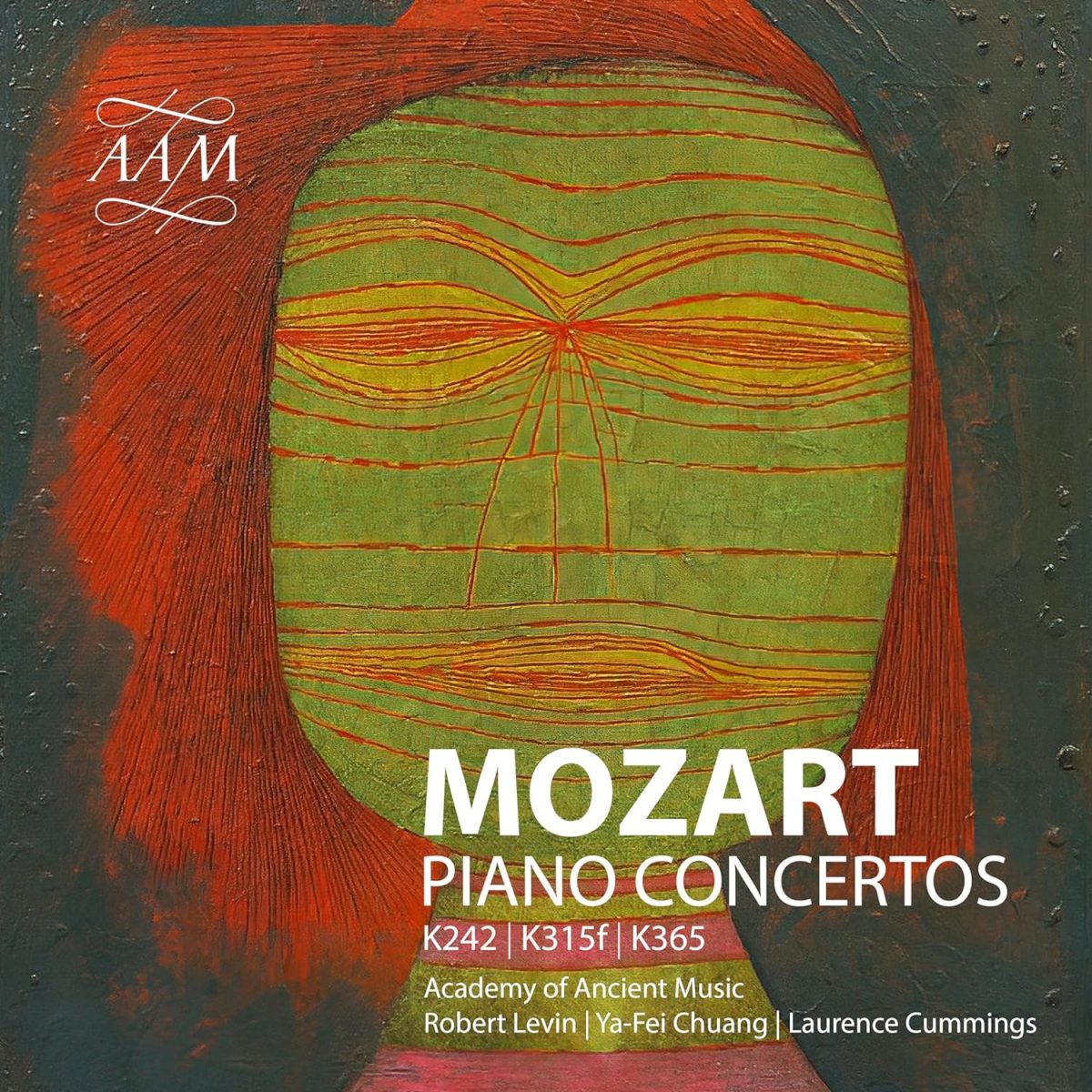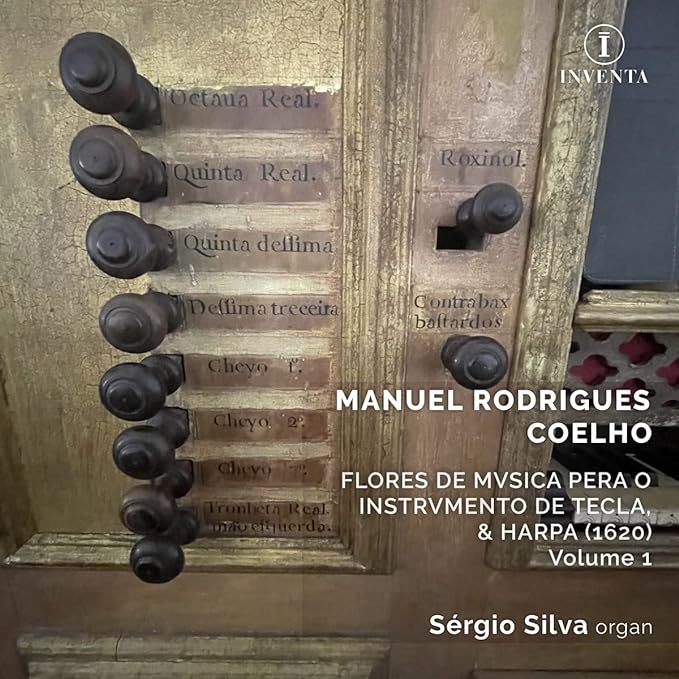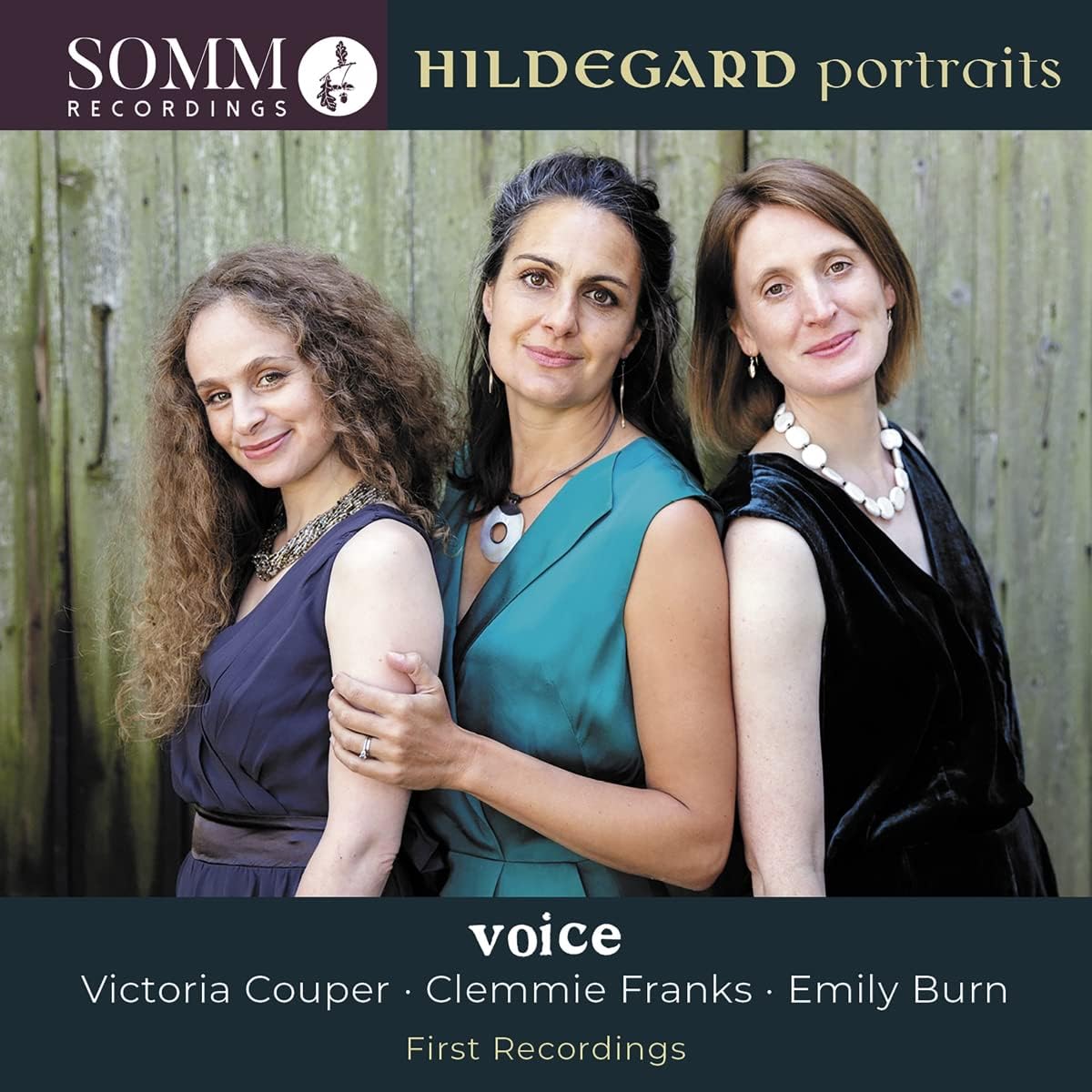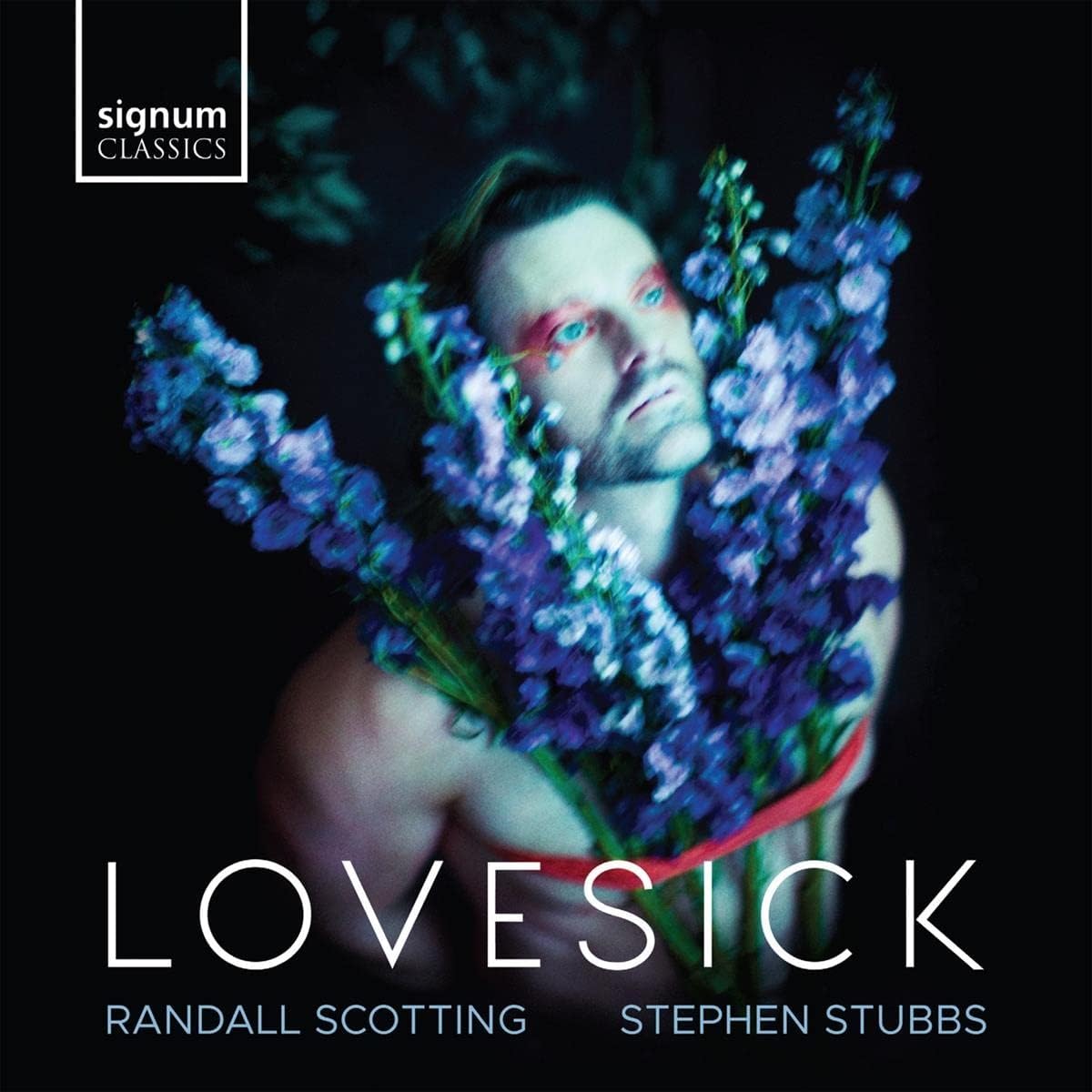Chiaroscuro String Quartet
71:26
BIS BIS-2668
As late as 1801, Beethoven – already 30 years of age – felt the need to write to a friend that ‘only now do I know how to write string quartets properly’. They are words that might be said to provide a telling introduction to the publication of the six quartets of opus 18 the same year. Beethoven’s admission that he had found the medium a difficult one to master is pre-echoed by both Haydn and Mozart. Haydn, more aptly given the appendage ‘father of the string quartet’ than the more familiar ‘father of the symphony’, had a near-decade gap between producing his six opus 20 string quartets and his next set, opus 33 in 1781. It was a lengthy period for such a prolific composer and one in which he intimates that the cause may have been the need to reconsider the medium and compose the recent group ‘in an entirely new and special way’. And we know even Mozart, too, had to work on the string quartet to satisfy himself, writing in his dedication to Haydn of his first set of mature strong quartets that ‘they were the fruits of long and laborious toil’.
This struggle for mastery over the medium is mirrored in the demands made of performers of string quartets and none more so than the later quartets of Beethoven, among which we can include for the present purposes the E-flat Quartet, op. 74, ‘The Harp’ of 1809. It is probably at least in part for this reason that few period instrument quartets have to date tackled them, the wide range of tone and sonority, the extremes of expression making demands few feel confident of tackling. If there was one quartet one felt might be admirably suited to do so it is the Chiaroscuro Quartet, which has already demonstrated convincingly in Schubert’s ‘Death and the Maiden’ that it is quite capable of bringing off the big gestures of the early 19th-century repertoire, my review suggesting, ‘It is rare to hear period instrument playing of such technical accomplishment and perfect sense of balance’. Those qualities are again well to the fore in these superbly accomplished performances, embracing as they do an extensive range of sonority and colour achieved across a range of dynamics that extends from little more to a pianissimo whisper to, for example, the attack of the Presto (ii) of op. 130 in B flat, a headlong collision between music and performer. Just occasionally such extremes may be found by some a little too exaggerated, but throughout they fill the performances with vibrant immediacy.
At the other end of the scale, one need only listen to the manner in which the Chiaroscuros lure the listener into the opening Poco Adagio of op. 74, with playing owning to a rapt concentration that segues with the utmost naturalness into loving tenderness at the start of the Allegro. In the context of a performance that captures the general geniality of the quartet, the Presto scherzo brings the savagery of a galloping madman’s cavorting fury along with the grotesquery of the central trio vividly to life, providing a marvellously stark contrast.
For many op. 130 is the epitome of not just Beethoven’s string quartets but the medium itself. Yet associated with that perception are the myths that grew up surrounding the work, that this is music that gives up its secret only on a transcendental level. And then only to those granted some kind of spiritual insight into the work. To remind those less familiar with it, the quartet is unusually cast in six movements, with four shorter inner movements framed by a large-scale opening movement that, like that of op. 74, opens with an intensely inward Adagio leading to a masculine, strongly muscled Allegro and a finale whose playfulness is affectionately toyed with in the present performance, especially in the feather-light spiccato playing. Equally at odds with the reputation of the forbidding aesthete Beethoven is the tiny Alla danza tedesca (iv), an enchanting German dance caught by the Chiaroscuros with beguiling charm and just a hint of rubato rather than the hefty nudge some quartets give it. And finally I hope it will be forgiven if a personal note creeps into a comment on the heart of the work, the Cavatina (v). But I cannot hear this movement without it recalling a dear friend, long dead. One of the most cultured people I have ever known, for her this was simply the most profound music ever written. She was no friend of period instruments, but I like to think even she would have been moved by the inner concentration and extraordinarily beautiful sonority of the Chiaroscuro Quartet’s playing here.
Brian Robins









